winterbaby520
Rough_Rock
- Joined
- Apr 25, 2016
- Messages
- 6
Hi,
Please see attached images. The HCA score for this diamond is excellent, so I'm confused by all the black areas next to the arrows.
I'm new at reading these images. Any feedback is greatly appreciated!
GIA Ex, 7.49 - 7.51 x 4.54 mm
Color I, VS2
Depth: 60.6 %
Table: 58 %
Crown Angle: 34.0°
Pavilion Angle: 40.8°
Girdle: Thin to Medium, Faceted, 3.0%
Culet: None
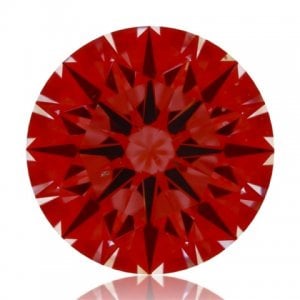
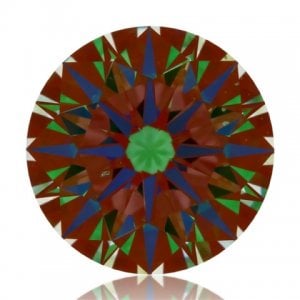
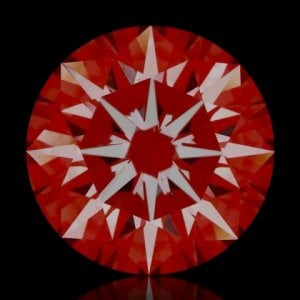
Please see attached images. The HCA score for this diamond is excellent, so I'm confused by all the black areas next to the arrows.
I'm new at reading these images. Any feedback is greatly appreciated!
GIA Ex, 7.49 - 7.51 x 4.54 mm
Color I, VS2
Depth: 60.6 %
Table: 58 %
Crown Angle: 34.0°
Pavilion Angle: 40.8°
Girdle: Thin to Medium, Faceted, 3.0%
Culet: None




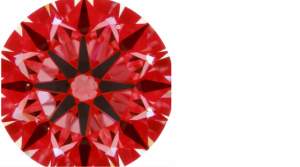
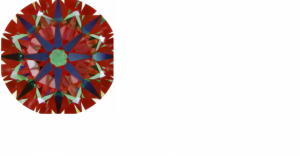
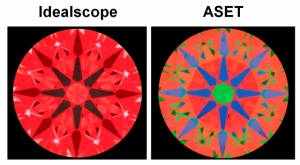
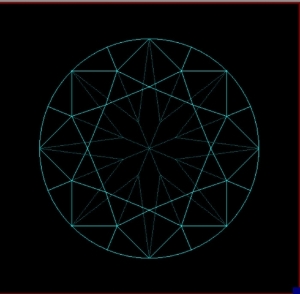
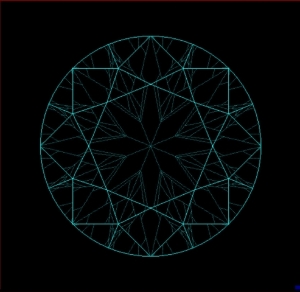
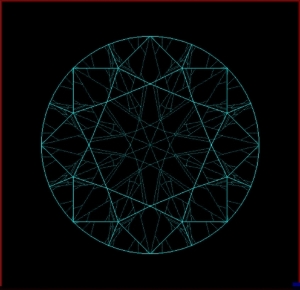


300x240.png)